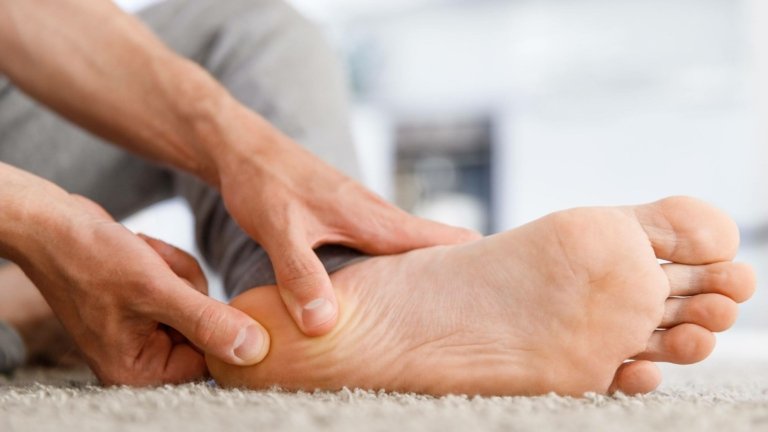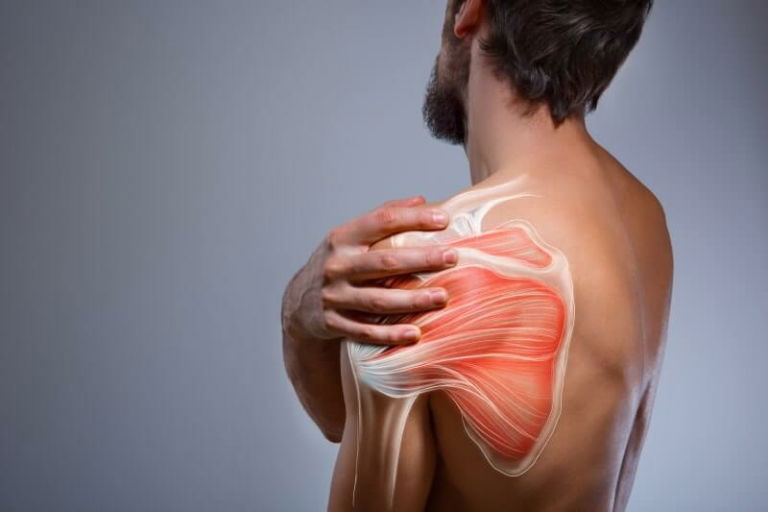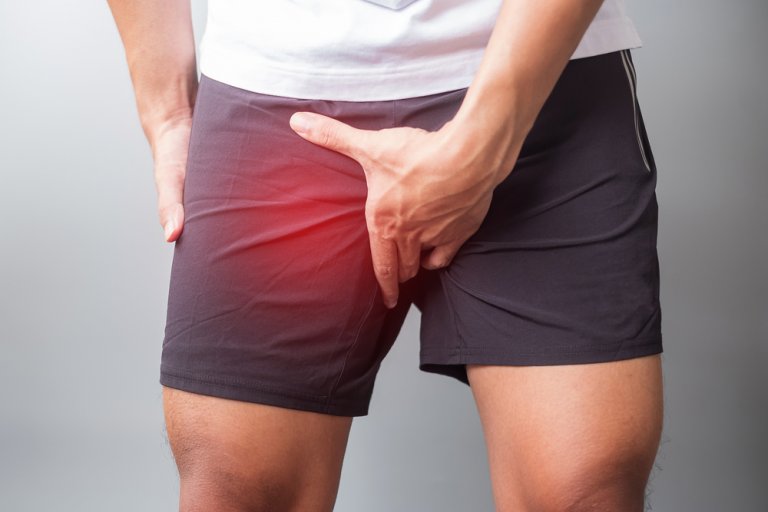More information on the diamagnetic therapy
PERISO therapy is a non-invasive and completely painless treatment technique for acute and chronic pain of the musculoskeletal system.
It is used for treatment after surgery and post-traumatic conditions, as its effects penetrate through bandages, splints, and casts.
PERISO therapy is used statically (on one area of the body) or dynamically (over a larger area of tissue).
The state-of-the-art PERISO therapy has no short-term or long-term side effects.
Mechanism of action of diamagnetic technology
PERISO therapy is based on the principle of diamagnetic therapy, which is a non-invasive therapeutic procedure that uses high-intensity low-frequency pulsed electromagnetic field (HI-PEMF).
Diamagnetic therapy works on the principle of the effects of a magnetic field in biological tissues (accelerates wound healing, reduces oedema, increases bone formation, reduces pain).
The special feature of PERISO therapy is its effect on biological substances that have low magnetic sensitivity – such as water and most proteins (the basic building blocks of the entire body).
Diamagnetic therapy has the effect of accelerating extracellular and intracellular processes in the body (repulsive effect), changing the electrical charge of the cell membrane (endogenous and isotropic effect), and activating metabolic processes within cells (biological stimulation).
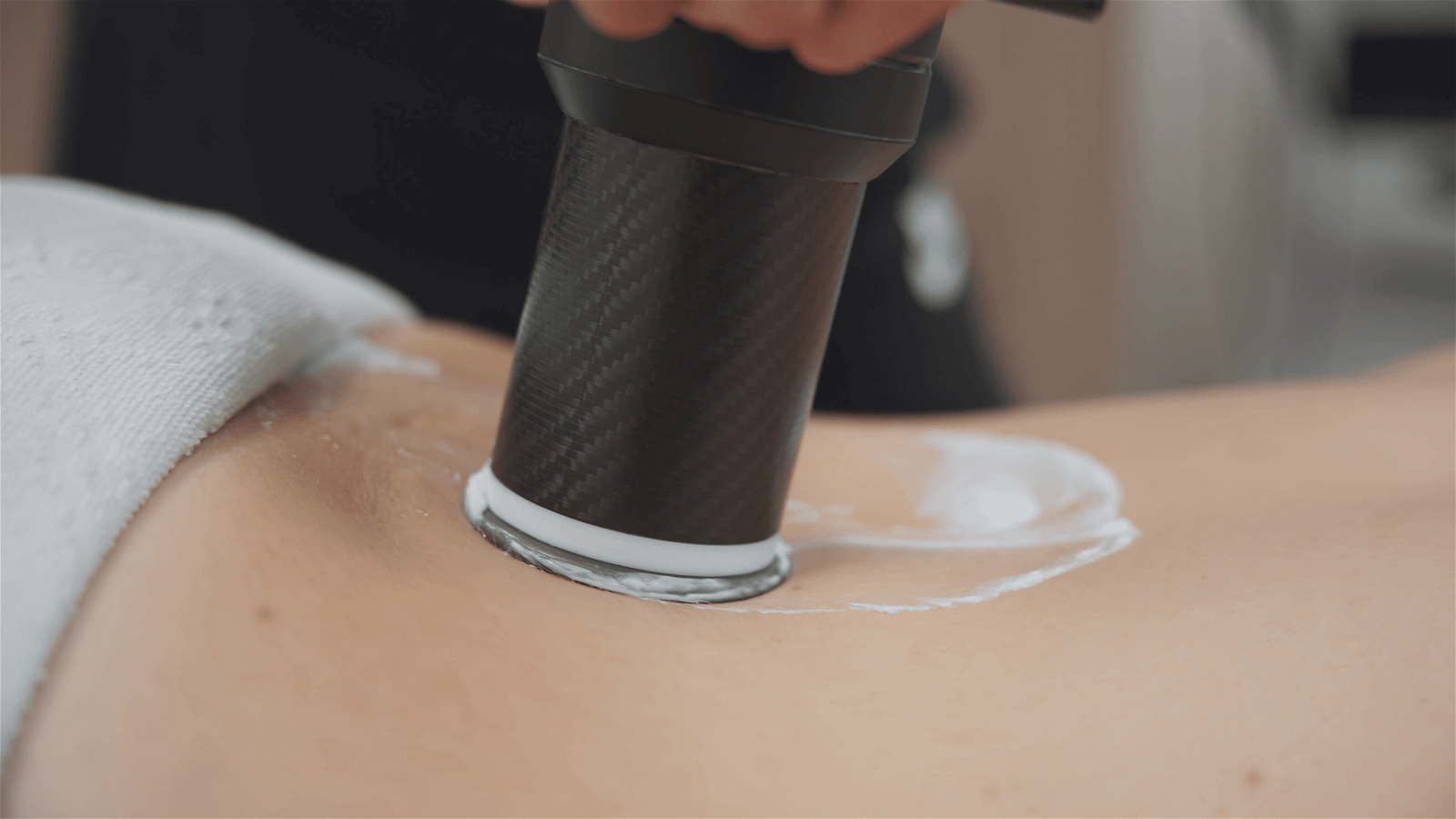
Diamagnetic therapy, with its effects and biological stimulation, has a positive effect on accelerated tissue healing and faster regeneration (recovery) of the musculoskeletal system.
PERISO technology (diamagnetic pump) creates a pulsed magnetic field that has a low frequency (7 Hz) and high intensity (up to 2.2 tesla).
What diseases are treated with diamagnetic therapy?
PERISO technology has proven effective in treating acute and chronic diseases such as:
- bone fractures,
- arthrosis (cartilage wear),
- muscle strain,
- acute and subacute traumatic muscle injury,
- acute and subacute muscle pain,
- acute and chronic traumatic joint injury,
- muscle fibrosis,
- fibromyalgia,
- low back pain,
- sciatica,
- herniated disc,
- lumbar disc protrusion,
- acute and chronic periostitis,
- calcific tendinopathy in the shoulder,
- tennis elbow (lateral epicondylitis),
- golfer’s elbow (medial epicondylitis),
- carpal tunnel syndrome,
- soft tissue injuries,
- neck pain,
- cervicobrachialgia,
- ankle sprain,
- acute and chronic bursitis,
- plantar fasciitis.
Repulsive effect of diamagnetic therapy
The repulsive effect of PERISO therapy has the effect of accelerating extracellular and intracellular processes (ATP production–- energy for the cell, protein synthesis and expression of growth factors), which makes it effective in the treatment of post-traumatic, inflammatory, vascular diseases and the reduction of lymph oedema.
The intensity of therapy is adjusted depending on the patient’s age, cardiovascular condition, stage of pathology (acute, chronic), and type of oedema.
Biological stimulation of diamagnetic therapy
The electrical field at the cellular level changes upon injury, as inflammatory cellular processes and self-healing processes begin.
Endogenous tissue biostimulation affects the electrical potential of the cell and triggers the activation of metabolic processes within the cells.
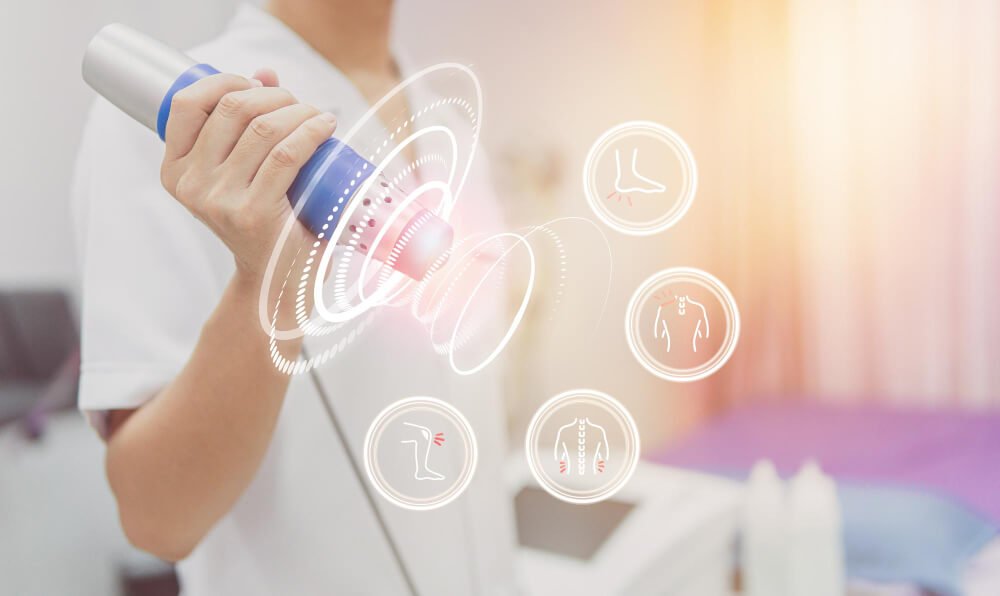
The electrical signal is converted into biological activity of cells, meaning that blood flow is increased, nerve impulses are modulated (reducing pain), and has an anti-inflammatory effect (via cytokines).
Effect on pain reduction
PERISO technology uses frequencies that can be adapted according to the type of pain (nociceptive, neuropathic, nociplastic) and the subjective intensity of pain (VAS scale from 0 to 10).
The frequency and strength of the magnetic field affect the activity of nerve endings and consequently reduce the perception of pain.
A special feature of diamagnetic therapy is the transfer of substances into the diseased tissue
PERISO technology has a special “molecular” attachment that allows the transfer of medication in the form of a liquid, gel or cream into the diseased tissue.
The magnetic field increases the permeability of the skin and allows for easier transfer of substances into the tissue.
The rate of substance transfer to the diseased tissue depends on the strength of the magnetic field and the atomic weight of the medication.
The procedure requires the presence of a doctor.



